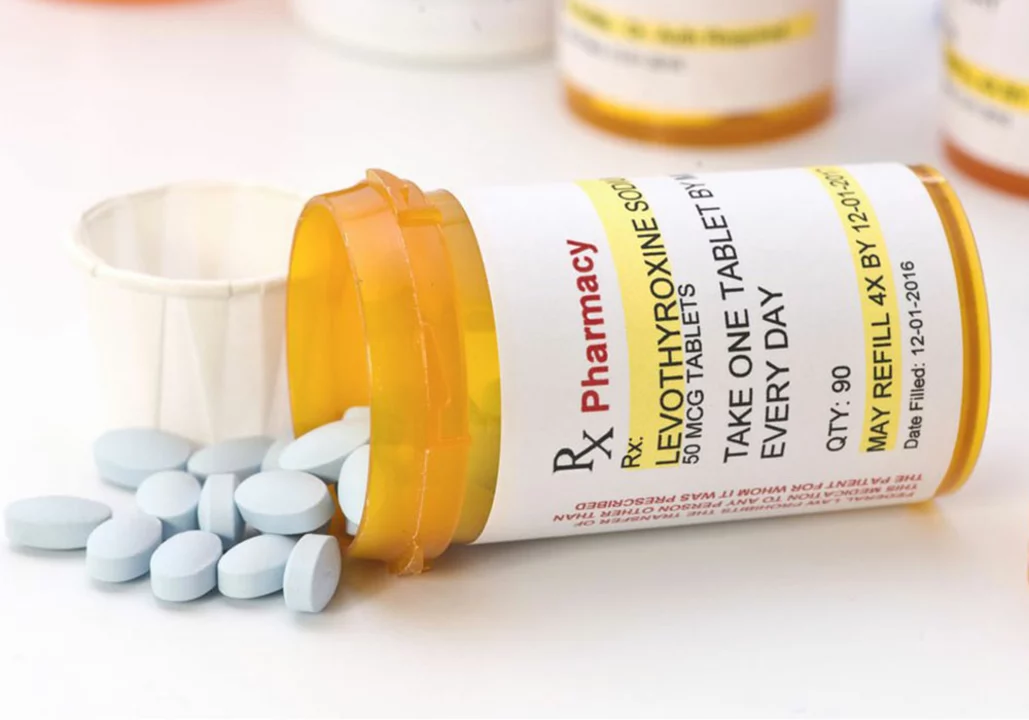Side effects: how to spot, manage, and report medication reactions
Side effects are the main reason people stop a medicine. Some are mild and expected, like a little nausea or drowsiness. Others are warning signs that need quick action. This page gives simple, practical steps so you know what to watch for and what to do next.
Common vs serious side effects
Common side effects usually show up soon after starting a drug and often fade after a few days. Think upset stomach, mild headache, or some sleepiness. Serious side effects are less common but need urgent care: trouble breathing, swelling of face or throat, sudden chest pain, fainting, severe rashes, or signs of liver trouble (yellowing skin or dark urine).
Allergic reactions are different from expected side effects. If you get hives, swelling, or breathing problems, treat it as an allergy and seek emergency care right away.
Practical steps to manage side effects
1) Read the leaflet. The patient information sheet lists common and rare side effects and tells you what to do. Keep it or take a photo so you can check later.
2) Don’t stop suddenly without asking. Stopping some drugs abruptly (like antidepressants or blood pressure meds) can be risky. Call your prescriber or pharmacist to discuss changes.
3) Use simple fixes for mild problems: take pills with food to reduce nausea, avoid alcohol if a drug causes drowsiness, split doses only if your doctor approves, and stay hydrated to help with headaches or dry mouth.
4) Check interactions. Tell your clinician about all medicines, vitamins, herbal products, or essential oils you use. Combining drugs can make side effects worse or create new ones.
5) Track symptoms. Keep a short list: drug name, dose, when you started, and what you felt. This makes it easier for your provider to spot a pattern and decide whether to change treatment.
If you bought medicine online, make sure the source is reputable. Fake or poor-quality meds can cause unexpected reactions. Our site has guides on safe online pharmacies and what to watch for when ordering.
Reporting matters. In Canada you can report bad reactions to Health Canada (MedEffect). Reporting helps regulators spot problems early and protect others.
When to get help now: severe breathing trouble, swelling of face/lips/tongue, sudden weakness or slurred speech, chest pain, high fever with rash, or severe vomiting/diarrhea causing dehydration. For anything urgent, call emergency services.
Questions you can ask your prescriber or pharmacist: Could this symptom be a side effect? Should I stop the drug or change dose? Are there safer alternatives? What should I watch for next?
Knowing how to recognize and respond to side effects makes treatment safer and less stressful. If you're unsure, call a pharmacist — they're usually easy to reach and can give immediate, practical advice.
